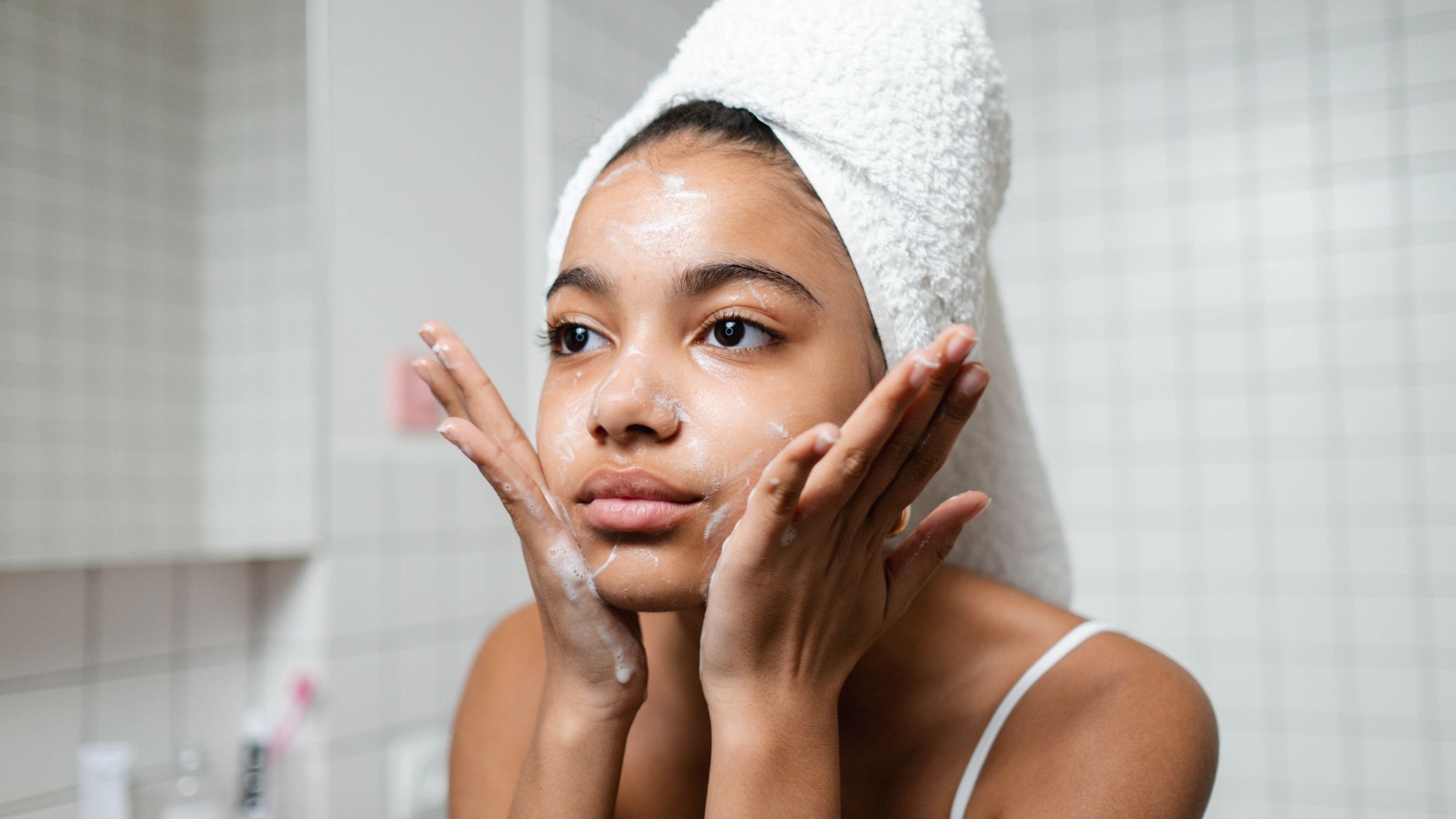Sustainable Beauty: How to Build an Eco-Friendly Skincare Routine

Key Takeaways
How can I create a sustainable skincare routine?
To build a sustainable skincare routine, choose cruelty-free and ethical brands, opt for zero-waste packaging, use organic and non-toxic ingredients, minimize water waste, and adopt eco-friendly habits like upcycling containers and buying only what you need.
In a world increasingly aware of environmental concerns, sustainable beauty has become more than just a trend—it’s a movement. Transitioning to a green beauty routine not only benefits your skin but also helps reduce waste and protect the planet. If you’re looking to build an eco-friendly skincare regimen, here’s a guide to making sustainable and ethical choices.
1. Choose Cruelty-Free and Ethical Brands
The first step in a sustainable skincare routine is selecting products from ethical brands that prioritize animal welfare. Look for labels such as “cruelty-free” or “Leaping Bunny Certified” to ensure no animal testing was involved in production. Many brands now go beyond cruelty-free certifications and implement fair-trade sourcing, ethical labor practices, and environmentally friendly production methods. Researching company values and sustainability reports can help ensure you are supporting brands that align with your ethics.
2. Opt for Zero-Waste Packaging
The beauty industry is a major contributor to plastic waste. Switching to products with zero-waste packaging or plastic-free alternatives can significantly reduce your environmental footprint. Choose brands that offer recyclable, biodegradable, or refillable packaging. Many brands now provide compostable containers, glass jars, or aluminum tins as alternatives to plastic. Additionally, some companies have bulk refill stations where you can bring your own containers to reduce single-use waste.
3. Use Products with Organic and Non-Toxic Ingredients
Avoiding harmful chemicals is essential for both your health and the planet. Clean beauty brands prioritize non-toxic beauty by using organic ingredients free from parabens, sulfates, and synthetic fragrances. These ingredients are not only safer for your skin but also less harmful to aquatic life when washed away. Look for USDA Organic or Ecocert certifications to ensure authenticity. Additionally, consider researching the sourcing of ingredients, as sustainably harvested botanicals and ethically sourced oils can make a big difference in reducing environmental impact.
4. Support Sustainable Habits
Adopting sustainable habits in your skincare routine makes a difference. Here are a few simple changes:
- Use reusable cotton pads instead of disposable ones.
- Opt for bamboo or wooden applicators instead of plastic.
- Store products in cool, dry places to extend their shelf life and reduce waste.
- Choose multi-purpose products, such as balms that work as cleansers, moisturizers, and lip treatments, to reduce the number of products you need to buy.
- Use up every last bit of a product before discarding it—cut open tubes and scrape out remaining contents.
5. Reduce Water Waste
Water conservation is another key aspect of sustainability. Turn off the tap while cleansing your face, and consider using micellar water or reusable cleansing cloths on days when a full rinse isn’t necessary. Opt for waterless or solid beauty products, such as cleansing bars and powdered cleansers, which require less water during manufacturing and use. Using a spray mist instead of splashing water on your face can also help minimize waste.
6. DIY Skincare for a Natural Approach
If you’re looking to take sustainability a step further, try making your own skincare products using organic ingredients like honey, oats, and coconut oil. DIY masks, scrubs, and toners not only reduce packaging waste but also ensure you’re using the purest, most natural ingredients. Some effective DIY recipes include:
- Honey and oatmeal face mask for gentle exfoliation and hydration.
- Coconut oil and sugar scrub to remove dead skin cells and deeply moisturize.
- Rosewater toner for a refreshing, antioxidant-packed facial mist.
7. Recycle and Upcycle Empty Containers
Once you finish a product, recycle its container or find creative ways to upcycle it. Many ethical brands now offer take-back programs where you can return empty packaging for reuse or recycling. Some ideas for upcycling include using jars for DIY beauty recipes, repurposing containers as storage for small accessories, or even turning them into planters for herbs and succulents.
8. Buy Only What You Need
Mindful consumption is a crucial part of sustainable skincare. Avoid hoarding beauty products and instead, purchase only what you need. This reduces unnecessary waste and ensures that products are used before they expire. Stick to a minimalist skincare routine with essential, high-quality products that serve multiple purposes. Before purchasing, consider whether a product aligns with your skincare needs and sustainability goals.
Final Thoughts
Building an eco-friendly skincare routine doesn’t have to be complicated. By making conscious choices—such as using cruelty-free products, embracing zero-waste packaging, and prioritizing organic ingredients—you can enjoy a clean beauty routine that aligns with your values. Every small step towards sustainability helps protect our planet while keeping your skin healthy and radiant.
FAQ
What is sustainable skincare?
Sustainable skincare focuses on eco-friendly, cruelty-free, and ethically sourced products that minimize environmental impact through responsible packaging and ingredients.
How can I make my skincare routine more eco-friendly?
Choose cruelty-free brands, opt for zero-waste packaging, use organic ingredients, adopt sustainable habits, and minimize water waste in your skincare routine.
Why is zero-waste packaging important in beauty products?
Zero-waste packaging reduces plastic pollution by using recyclables, biodegradable, or refillable materials, helping to lower the beauty industry’s environmental footprint.
Are DIY skincare products a good alternative to store-bought ones?
Yes! DIY skincare allows you to control ingredients, avoid harmful chemicals, and reduce packaging waste while using natural, eco-friendly alternatives.
What are some sustainable habits to adopt in a skincare routine?
Use reusable applicators, buy only what you need, finish products before repurchasing, and recycle or upcycle empty containers to minimize waste.
